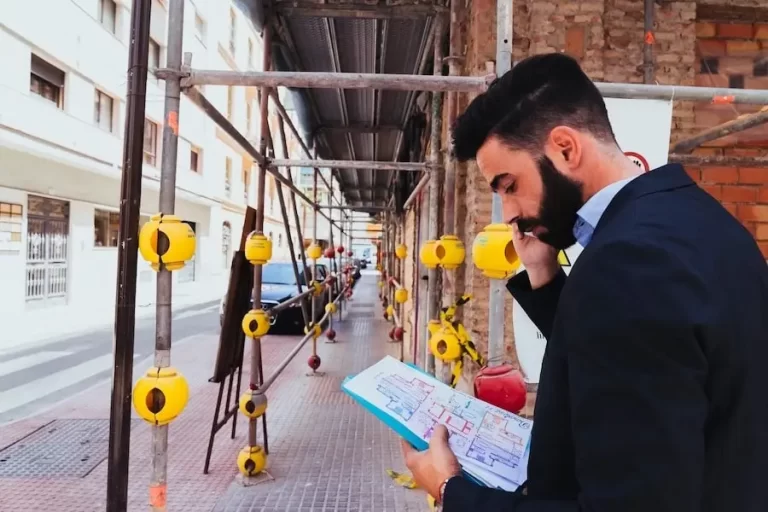The Evolution of Construction: Trends, Technologies, and Future Prospects
The construction industry, a cornerstone of global infrastructure, has been undergoing a significant transformation in recent years. From advancements in technology to shifts in workforce dynamics, the industry is poised for a future that is not only more efficient but also more sustainable and innovative. Let’s delve into some of the key trends, emerging technologies, and future prospects shaping the construction landscape.
1. Technological Advancements: The Digital Revolution
The integration of technology in construction has revolutionized how projects are planned, executed, and managed. Key technologies making waves include:
a. Building Information Modeling (BIM): BIM allows for the creation of digital representations of physical and functional characteristics of places. This technology enhances collaboration among stakeholders, reduces errors, and improves project outcomes.
b. Drones and Robotics: Drones are increasingly used for site surveys, inspections, and progress tracking, providing real-time data and reducing the need for manual checks. Robotics are being employed for tasks ranging from bricklaying to demolition, increasing efficiency and safety on construction sites.
c. 3D Printing: This technology is transforming the way buildings are constructed. 3D printing allows for the creation of complex structures with precision and speed, reducing material waste and labor costs.
d. Artificial Intelligence (AI) and Machine Learning (ML): AI and ML are being used for predictive analytics, optimizing project schedules, and managing risks. These technologies help in making data-driven decisions, improving project efficiency and reducing delays.
2. Sustainable Construction: Building a Greener Future
Sustainability is no longer a buzzword but a necessity in modern construction. The industry is embracing green building practices and sustainable materials to minimize its environmental footprint.
a. Eco-Friendly Materials: Innovations in materials such as cross-laminated timber (CLT), recycled steel, and green concrete are reducing the carbon footprint of construction projects. These materials are not only sustainable but also durable and cost-effective.
b. Energy-Efficient Buildings: Design strategies that focus on energy efficiency, such as passive solar design, high-performance insulation, and energy-efficient windows, are becoming standard. These designs reduce energy consumption and enhance the comfort of building occupants.
c. Waste Management: Construction waste is a significant concern, and efforts are being made to reduce, reuse, and recycle materials. Effective waste management practices help in minimizing the environmental impact of construction activities.
3. Workforce Dynamics: Adapting to a New Era
The construction workforce is evolving, driven by technological advancements and changing demographics.
a. Skill Development: As technology becomes integral to construction, there is a growing need for workers with specialized skills in areas like BIM, robotics, and AI. Training and development programs are crucial to equip the workforce with these new skills.
b. Diversity and Inclusion: The industry is making strides towards greater diversity and inclusion. Encouraging a more diverse workforce not only brings in varied perspectives but also helps in addressing labor shortages.
c. Safety and Well-being: With the introduction of wearables and real-time monitoring, worker safety is being enhanced. These technologies provide insights into potential hazards and ensure prompt responses to safety concerns.
4. The Future of Construction: What’s on the Horizon?
Looking ahead, the construction industry is set to witness even more groundbreaking changes.
a. Smart Cities: The concept of smart cities, where infrastructure is interconnected and managed through IoT, is gaining traction. These cities aim to improve the quality of life through efficient resource management and enhanced urban services.
b. Modular Construction: Prefabricated and modular construction techniques are becoming popular due to their cost-effectiveness and speed. These methods allow for the assembly of building components off-site, reducing construction time and disruptions.
c. Autonomous Machinery: The future might see the widespread use of autonomous machinery and vehicles on construction sites. These machines can perform tasks with precision and consistency, further enhancing productivity.
Conclusion
The construction industry is at a pivotal point, with technological advancements and sustainable practices driving significant changes. Embracing these innovations and adapting to new workforce dynamics will be crucial for the industry to thrive in the future. As we move forward, the construction sector will not only build structures but also contribute to building a more sustainable and connected world.
Whether you are a construction professional, a stakeholder, or simply an enthusiast, staying informed about these trends and technologies will help you navigate the evolving landscape of the construction industry.











